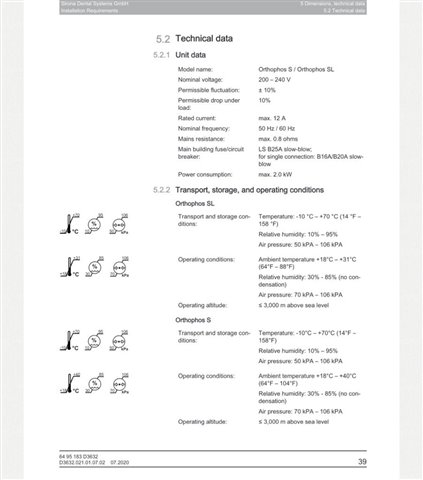What is a 25A slow blow circuit breaker? It's to supply an Xray machine in a dental practice. The data sheet states it draws 12A, and a 13A switch fuse has been asked for as the point of connection, along with this 25A type B slow blow CB at the supply end, but I've never heard of it - wouldn't surprise me if they meant fuse not CB.


